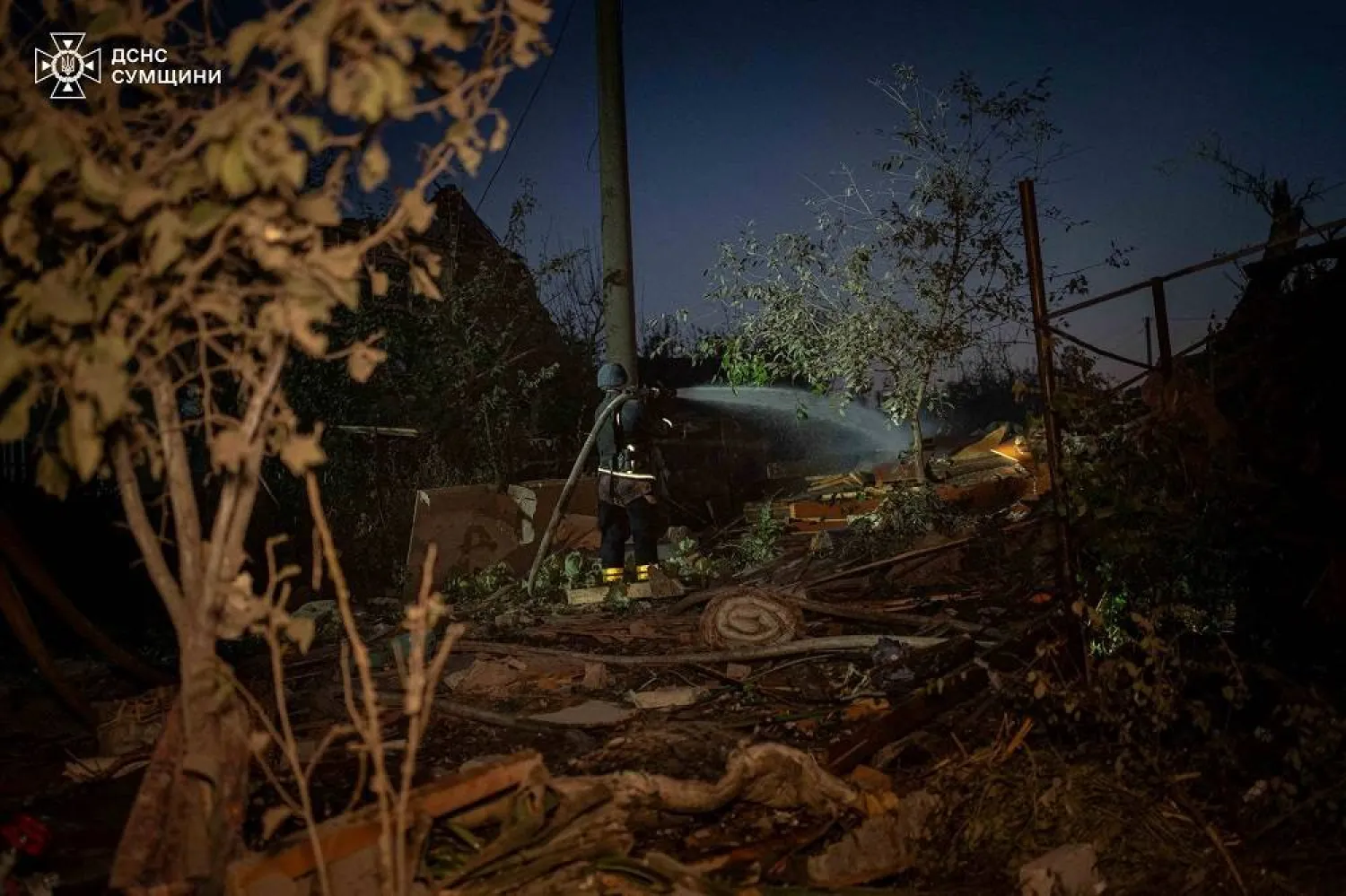Russia on Monday expressed "full support" for Venezuela as the South American country confronts a blockade of sanctioned oil tankers by US forces deployed in the Caribbean, the two governments said.
In a phone call, the foreign ministers of the two allied countries blasted the US actions, which have included bombing alleged drug-trafficking boats and more recently the seizure of two tankers.
A third ship was being pursued, a US official told AFP Sunday.
"The ministers expressed their deep concern over the escalation of Washington's actions in the Caribbean Sea, which could have serious consequences for the region and threaten international shipping," the Russian foreign ministry said of the call between ministers Sergei Lavrov and Yvan Gil.
"The Russian side reaffirmed its full support for and solidarity with the Venezuelan leadership and people in the current context," it added.
"The ministers agreed to continue their close bilateral cooperation and to coordinate their actions on the international stage, particularly at the UN, in order to ensure respect for state sovereignty and non-interference in internal affairs."
The UN Security Council is to meet Tuesday to discuss the mounting crisis between Venezuela and the United States after a request from Caracas, backed by China and Russia.
On Telegram, Venezuela's Gil said he and Lavrov had discussed "the aggressions and flagrant violations of international law being perpetrated in the Caribbean: attacks on vessels, extrajudicial executions, and illicit acts of piracy carried out by the United States government."
US forces have since September launched strikes on boats Washington said, without providing evidence, were trafficking drugs in the Caribbean Sea and eastern Pacific Ocean.
More than 100 people have been killed, some of them fishermen, according to their families and governments.
US President Donald Trump on December 16 announced a blockade of "sanctioned oil vessels" sailing to and from Venezuela.
Trump has claimed Caracas under Maduro is using oil money to finance "drug terrorism, human trafficking, murder and kidnapping.
Gil said Lavrov had affirmed Moscow's "full support in the face of hostilities against our country."









